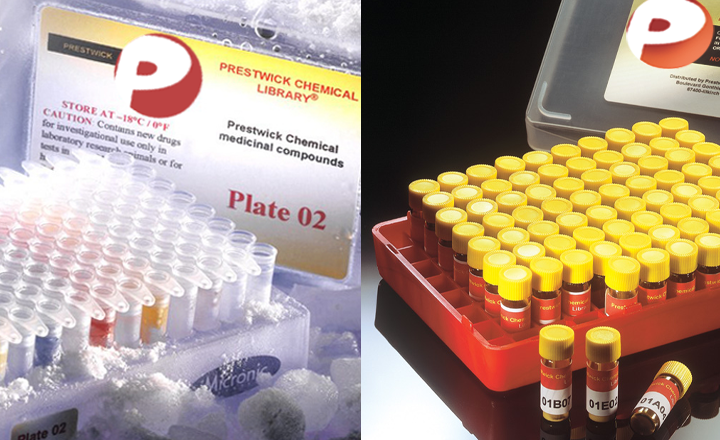Identification of Novel Myelin Repair Drugs by Modulation of Oligodendroglial Differentiation Competence
Manousi, A.; Göttle, P.; Reiche, L.; Cui, Q.-L.; Healy, L. M.; Akkermann, R.; Gruchot, J.; Schira-Heinen, J.; Antel, J. P.; Hartung, H.-P.; Küry, P.
EBioMedicine 65, 103276 (2021)
Background: In multiple sclerosis loss of myelin and oligodendrocytes impairs saltatory signal transduction and leads to neuronal loss and functional deficits. Limited capacity of oligodendroglial precursor cells to differentiate into mature cells is the main reason for inefficient myelin repair in the central nervous system. Drug repurposing constitutes a powerful approach for identification of pharmacological compounds promoting this process. Methods: A phenotypic compound screening using the subcellular distribution of a potent inhibitor of oligodendroglial cell differentiation, namely p57kip2, as differentiation competence marker was conducted. Hit compounds were validated in terms of their impact on developmental cell differentiation and myelination using both rat and human primary cell cultures and organotypic cerebellar slice cultures, respectively. Their effect on spontaneous remyelination was then investigated following cuprizone-mediated demyelination of the corpus callosum.
Findings: A number of novel small molecules able to promote oligodendroglial cell differentiation were identified and a subset was found to foster human oligodendrogenesis as well as myelination ex vivo. Among them the steroid danazol and the anthelminthic parbendazole were found to increase myelin repair. Interpretation: We provide evidence that early cellular processes involved in differentiation decisions are applicable for the identification of regeneration promoting drugs and we suggest danazol and parbendazole as potent therapeutic candidates for demyelinating diseases.


